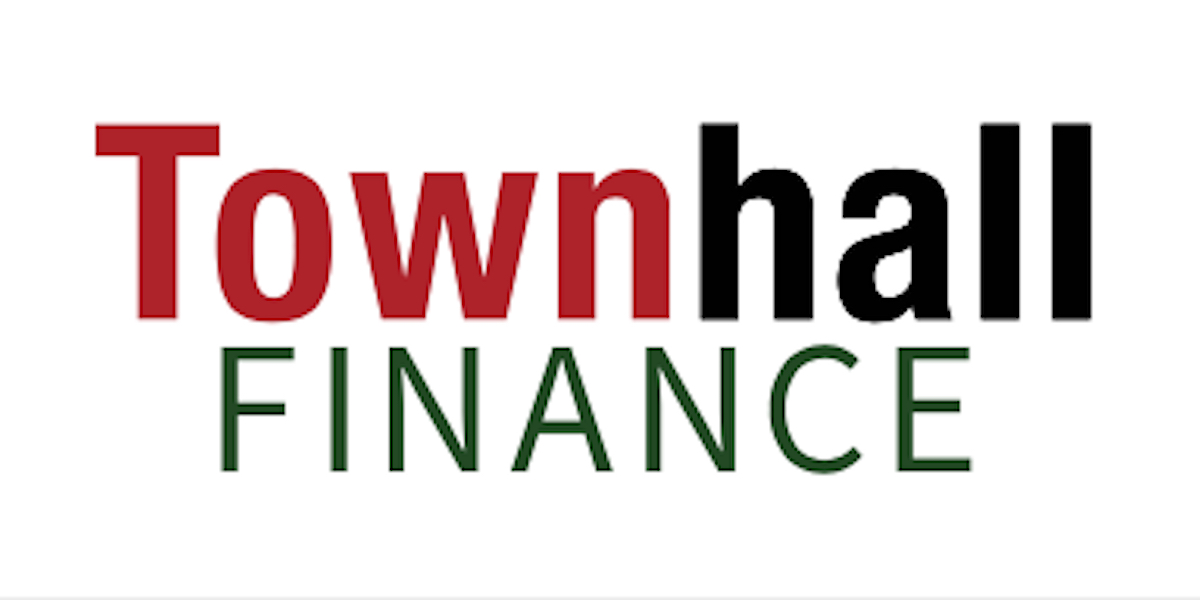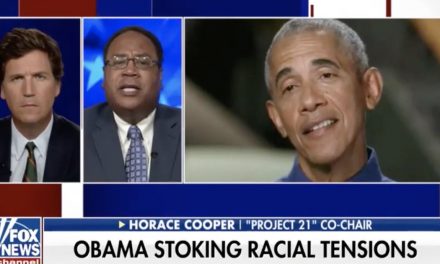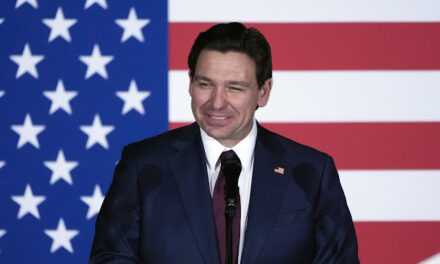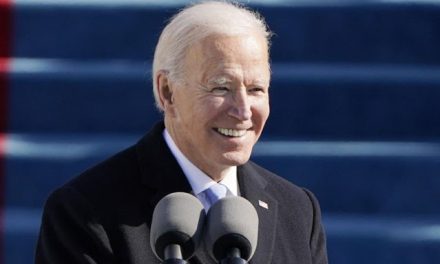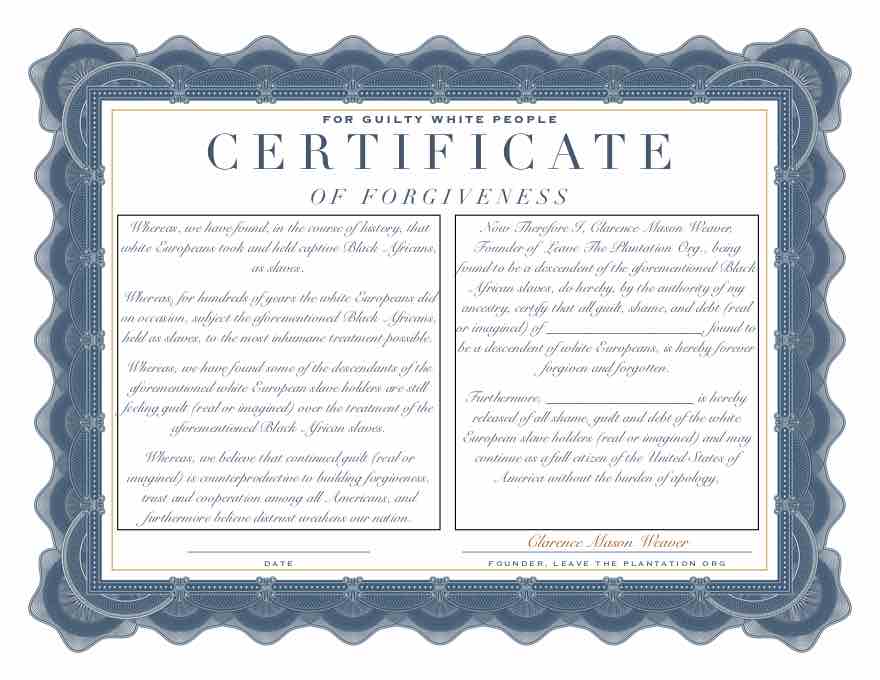LTP News Sharing:
We’re going to have to destroy the teachers’ unions. Not just tweak their power a bit. Destroy them utterly.

Scott Shepard
After a year of demanding that teachers be paid while failing to do their jobs, even though kids aren’t really susceptible to COVID and teachers were given high priority for immunization, Randi Weingarten, the president of the American Federation of Teachers, first asserted that critical race theory is only taught in college (which was true, before the Great Awokening, but not now) and also that her union would fight any efforts by parents and lawmakers to keep it from being taught at every grade. The National Education Association has threatened to fight back against any efforts to thwart critical-race indoctrination – at one time going so far, it appeared, as planning to dox and otherwise try to ruin parents who stood up against the New Racism.
A number of states now are moving to ban the teaching of critical race theory. But the problem goes far deeper than that. Any application of critical race theory to school administration will render modern schools as racist as the worst of them were when President Eisenhower sent the 101st Airborne into Little Rock to do a little desegregating.
By way of illustration, consider the question of school discipline. The Biden Administration, like the Obama Administration before it, has demanded “equity” in school discipline. Equity, meaning equality of racial (not individual) outcomes, stands at the heart of critical race theory. It holds that races should have equal outcomes in every way, and if they don’t, that’s the fault of – well, white people, and “whiteness.” And so it’s ok to make white racial outcomes worse (never mind their individual outcomes) if necessary to achieve “equity” (which, note, now has a very fuzzy meaning indeed).
As a theoretical matter, there is literally everything wrong with this. First, as I discussed in these pages a few weeks back, equality of outcome isn’t just wrong, it’s impossible – and frankly incoherent. Moreover, the elevation of racial status and categories over individuals and their rights, duties and standing is exactly what this country has been fighting against since the middle of the 19th century. Good people remember, and revere, that whole “content of their character” thing.
As an empirical matter, this plan falls down at the first hurdle as well. The program presupposes that all students, by racial or ethnic group, misbehave at the same rate (but that black students in particular are punished for their misbehaviors more than others – presumably even in classrooms taught by non-whites – because of “whiteness”). But as Gail Heriot of the U.S. Commission for Civil Rights has explained, “there is no evidence to support” this assumption of equality of misbehavior, “and abundant evidence to the contrary.”
Let us assume then that the evidence does not lie, and that the unsupported presumption of equality of misbehavior doesn’t just by happenstance turn out to be true. Playing out what happens after a (critical-race demanded) system of equity of punishment is installed demonstrates that both the system and critical race theory in general are fundamentally racist, and that this racism will necessarily harm everyone, not just the whites whom it is manifestly so eager to diminish.
If we are to have equality of punishments with inequality of misbehavior, then the white kids at school are going to have to be punished more for lesser offenses, while other students are punished less for the same offenses. Now, of course, kids are not stupid about things they understand. (Young people who have been taught that the United States and capitalism are evil while socialism and New Racism are good are necessarily very stupid about economics, history and race, but that’s a different matter.) And kids absolutely understand disparities of treatment. So they will all notice, and discuss, the fact that the white kids can get away with less and get punished more, and that other kids are punished less.
Then, based on this knowledge, some of the more daring and less educationally committed non-white kids will start misbehaving more, and more drastically. Since the rule is that punishment outcomes have to be “equitable” among the races, teachers and administrators will have to respond by some combination of punishing the white kids even more harshly for even smaller infractions, while the other kids will have to be punished less for even worse behavior.
Now the vicious cycle has begun, in two directions. The non-white kids will know they’re pretty much not getting punished for anything, and some of them will keep – peer pressure having amplified the cycle – behaving more and more badly, because it’s fun and doesn’t create negative responses.
This will of course require even sterner punishments for the white kids, who will behave very, very carefully indeed. They will resent this immensely, and feel as though they’re being treated worse than the non-white kids, because they are. They will of necessity notice racial difference and develop racial antagonisms that they otherwise never would have.
Meanwhile they will also be behaving well, and learning more in comparison to their misbehaving-but-unpunished peers. So their educational results will be better than those of the misbehaving peers. Which will be blamed not on the insane discipline theory, but on “whiteness,” on, in effect, them and their families.
Of course, the parents will hear about all of this, especially as the classroom becomes more chaotic and more obviously racist. And so white parents who have the ability will take their kids out of the objectively racist schools to schools where racist discipline rules don’t ruin the learning environment. This will result in increased segregation – which will also be blamed on “whiteness.”
This discipline plan is incoherent racist nonsense, just like all of critical race theory. Incoherent racist nonsense that will hurt everyone, and likely hurt most of all those it is ostensibly designed to help.
Scott Shepard is a fellow at the National Center for Public Policy Research and Manager of its Free Enterprise Project. This was first published at Townhall Finance.
Author: Scott Shepard

